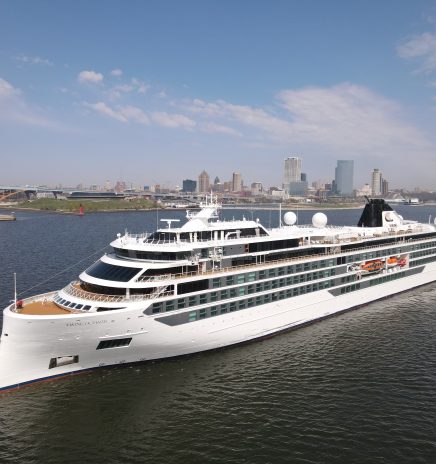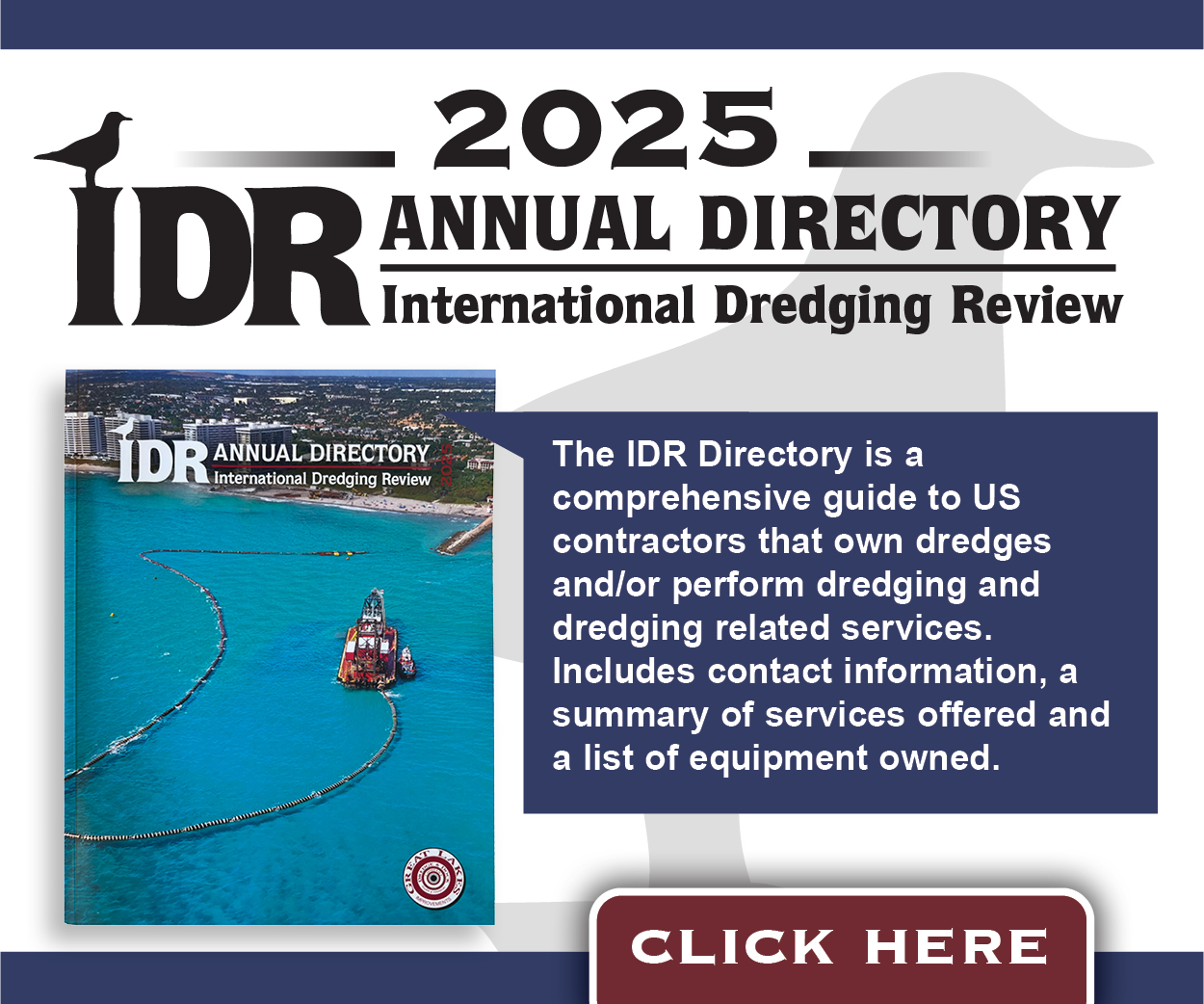Economic Well-Being: U.S., Canadian Ports Work Together To Promote Efficient Operation
“How does the Great Lakes-St. Lawrence Seaway System, well-managed by allied nations Canada and the United States, contribute to economic well-being and national/regional security?”
James Weakley │ President, Lake Carriers’ Association
I still find it amazing that the Great Lakes wasn’t designated as a navigation system until the 2014 Water Resources Development Act. Unlike the other coasts, our ports are more complimentary than competitive with each other. In order for the system to operate efficiently, multiple players must do their part well. It is not enough to have ships; we need adequate depths for those ships. The Lakes are connected by straits, channels, or locks. The Soo Locks may be the most important piece of infrastructure operated by the Federal Government. Adequate icebreaking is needed to keep commerce moving in the winter. Buoys need to be maintained on station and Vessel Traffic Systems need to advise and guide mariners. It takes a lot to keep the pilot light of North American Manufacturing, Great Lakes Shipping, burning brightly. The raw materials lakers move in an economic and environmentally sustainable manner enable steel production, power generation, and heavy construction throughout the region. Trade and transportation are vital components to the economy and an efficient Great Lakes Navigation System continues to deliver for our customers and both the U.S. and Canada.
Daniel-Robert Gooch │ President and CEO, Association of Canadian Port Authorities
The Great Lakes-St. Lawrence Seaway is such a tremendous asset for Canada and the United States and a global model for bi-national collaboration on trade, transportation, and regional security. It is a marine highway into the heart of North America, allowing for environmentally efficient transport of goods and commodities in and out of the center of the continent and the massive Quebec/Ontario/U.S. Midwest industrial heartland, which is home to about 25% of North America’s population. As with any system, the Great Lakes-St. Lawrence Seaway System is made up of many different organizations that each play an important role in ensuring the system works efficiently and effectively.
Bruce Burrows │ President and CEO, Chamber of Marine Commerce
The twin challenges of the global pandemic and ensuing supply chain crisis have underlined the strategic importance of the Great Lakes-St. Lawrence Seaway as both a continuing “safe haven” for domestic and cross-border transport of raw materials and products to North American industries, but also an alternative to overburdened coastal ports for imports/exports. In the geopolitically uncertain world we currently live in, this role could become even more crucial to our economic security going forward. In the past, companies have put the lion’s share of their attention and resources into the West Coast as the gateway to Asian manufacturing and consumer growth. But as the last two years have taught us — putting all your eggs in one basket is not the wisest approach. As the Canadian and U.S. federal governments now take a critical look at national supply chain resiliency, we are encouraging them to pay more attention to the often overlooked Great Lakes-Seaway System, and invest in infrastructure such as icebreaking resources and climate resiliency measures. They must work together with industry to ensure that “its relief valve” trade and transportation corridor continues to modernize, digitalize, and build service options that will meet the evolving needs and demands from North American industries and consumers.
Jennifer Carpenter │ President and CEO, American Waterways Operators
A well-managed Great Lakes-St. Lawrence Seaway System is critical to our nation’s maritime economy. The U.S. maritime industry as a whole supports over 120,000 American jobs in the Great Lakes region – 20% of the national total for American maritime jobs – and generates $30 billion of economic activity. The Great Lakes-St. Lawrence Seaway System is a vital conduit for that economic impact, and therefore contributes substantially to a strong maritime sector that is imperative for America’s national security. Keeping the system strong and capable of supporting this activity will continue to require regulations that facilitate, not impede, the safe and efficient movement of cargo on this waterway.

Rebuilding American Shipbuilding
Great Lakes/Seaway Review recently spoke with two shipyard owners and operators about efforts underway by the administration of President Donald Trump and in Congress to revive U.S. shipbuilding. U.S. Sens.... Read More

Great Lakes St. Lawrence Governors and Premiers Hires New Tourism Director
The Great Lakes as a cruising destination has seen a rise in popularity over the past few years, and Cathleen Domanico’s goal is that this trend will continue for the... Read More




